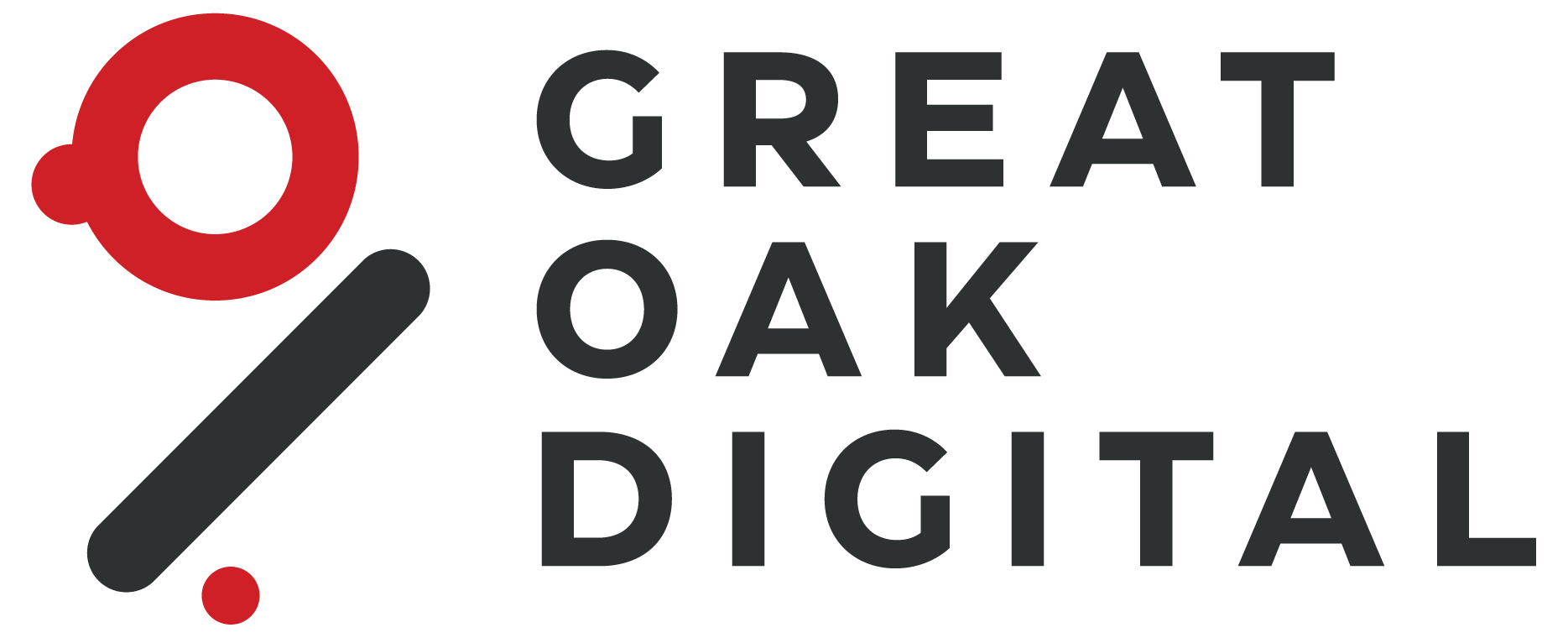Running a business requires reliance on multiple external partners, such as suppliers and vendors. These partnerships help keep your day-to-day operations running. However, they come with a challenge: each third party introduces risks, and if those risks aren’t managed properly, your business could face disruptions or worse.
Supply chain attacks are no longer a rare occurrence. They’re happening daily, targeting businesses of every size.
The good news is that an IT service provider can act as your shield, reducing risks and protecting your operations.
Here’s how they help you stay ahead of the game
Risk assessment and due diligence
Knowing where risks exist is the first step to managing them. IT service providers can conduct thorough evaluations of your vendors. They don’t just stop at surface-level checks; they dig deep into compliance records, past security incidents and their existing vulnerabilities.
This isn’t about instilling fear. It’s about giving you clarity. When you understand which vendors pose risks and where your vulnerabilities are, you’re in a much stronger position to decide which partners to trust and how to protect your business.
Expertise and resources
Your expertise lies in running your business well, not navigating the complexities of cyberthreats. That’s where IT service providers come in. They bring specialized tools and skills that are often out of reach for most businesses, such as penetration testing, real-time monitoring and incident response.
Think of them as your outsourced security experts who work tirelessly behind the scenes. While you focus on business growth, they handle the risks, ensuring your operations remain secure.
Continuous support
One-off assessments aren’t enough. Risks evolve and so do your partners’ security vulnerabilities. IT service providers offer ongoing monitoring, acting as your watchtower in an ever-changing threat landscape. It’s not a “set it and forget it” approach. It’s a proactive, hands-on system that keeps your business safe.
If something suspicious comes up, they don’t wait for it to escalate. They act immediately, minimizing damage and ensuring your operations keep running without hiccups.
Cost-effectiveness
Let’s face it: Managing risks sounds expensive. And you tried to replicate what an IT service provider offers on your own, it would probably be even more expensive. Building an in-house team with the same level of expertise isn’t just costly—it’s often unnecessary.
An IT service provider gives you enterprise-level protection without the hefty price tag. You get maximum protection for your investment, letting you focus on your business without worrying about overspending.
Scalability
As your business grows, so do your risks. An IT service provider ensures that your security measures scale alongside your needs. Whether adding new vendors, entering new markets or expanding operations, they adapt with you.
This flexibility means you’re never left exposed, no matter how complex your operations become.
Ready to take control of your third-party risks?
Ignoring third-party risks isn’t an option, but tackling them alone isn’t your only choice. The right IT service provider, like us, empowers you to face risks confidently, ensuring your business remains secure while you focus on what matters most: business growth.
Ready to take charge? Let’s start the conversation. Speak with our experts today and discover how we can help you build a stronger foundation for success. Together, let’s prepare your business for whatever comes next.








